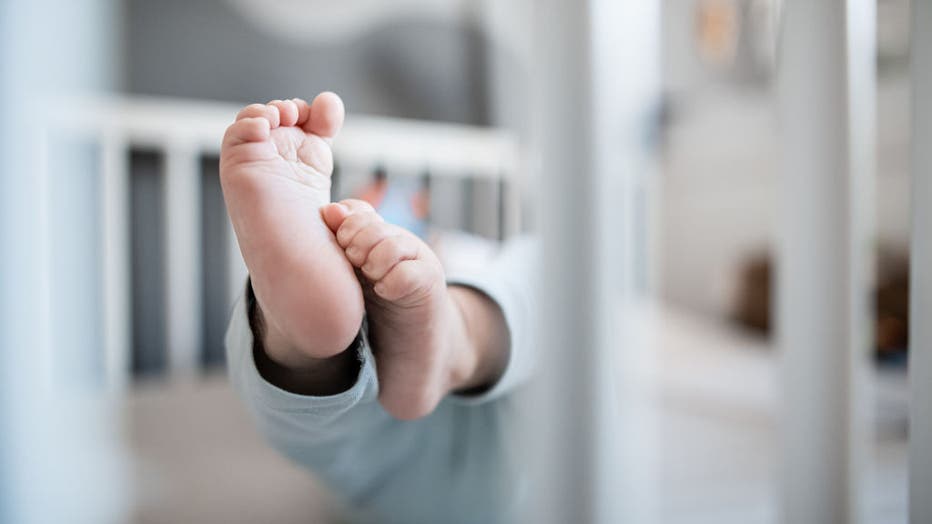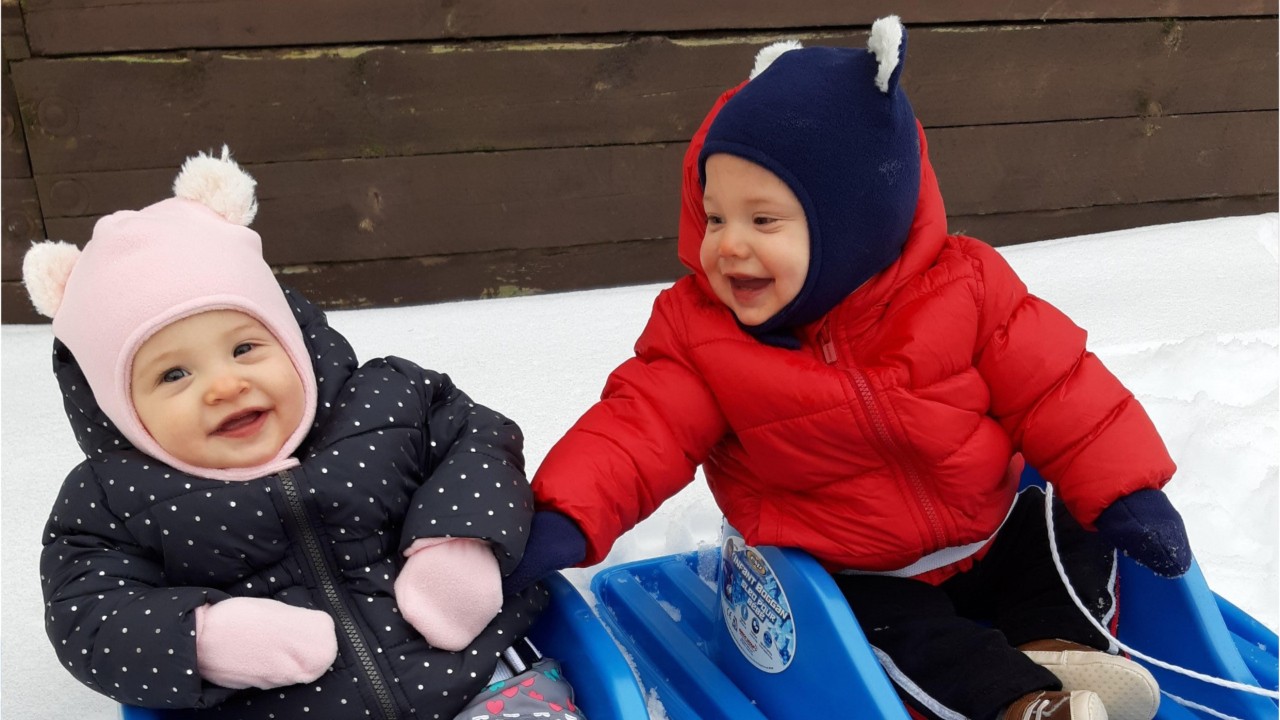CDC study finds unsafe bedding leading cause of sudden unexpected infant deaths
WASHINGTON - A study from the U.S. Centers for Disease Control and Prevention found that the leading cause of sudden unexpected infant deaths (SUIDs) in the U.S. is an unsafe sleep environment — which includes soft bedding like blankets, pillows and bumper pads — despite repeated health messages about safe sleep practices.
The study, published Tuesday in the journal "Pediatrics," aimed to better understand the causes of SUIDs. The term includes all unexpected infant deaths, such as those without a clear cause — referred to as "SIDS" — and those from a known cause, like suffocation.
The study investigated 4,929 sudden unexpected infant death cases reported to the CDC’s registry between 2011 to 2017.
It found that unsafe bedding was linked to about 72% of all sudden unexpected infant deaths. Of all cases in the registry, 31% were attributed to "suffocation" or "possible suffocation," while 41% were classified as "unexplained" but linked to "unsafe sleep factors."
Of all deaths caused by airway obstruction, 75% of these were attributed to soft bedding. Only 1-2% of the unexplained deaths in the CDC’s SUID registry noted no unsafe sleep factors.

FILE - The feet of a baby can be seen in a crib in a file image taken Dec. 30, 2019. (Photo by Fabian Strauch/picture alliance via Getty Images)
There was a significant decrease in U.S. SUID cases in the 1990s following a large public health campaign called "Back-to-Sleep" that was launched by the American Academy of Pediatrics (AAP), National Institute of Child Health and Development and other groups. The campaign encouraged parents to put their babies to sleep on their backs, rather than on their stomachs.
The campaign began in 1994, when nearly 4,700 U.S. infants had died from sudden unexpected deaths over the previous year. By 2010, the number had decreased to 2,063 per year, according to the AAP.
But a significant decline in sudden unexpected infant death rates has since stalled. The CDC now reports that about 3,400 babies die from SUIDs each year in the U.S., occurring in infants under 1 year old.
The CDC and AAP recommend placing babies on their back for both naps and nighttime sleep through their first birthday. It also says cribs should be covered only by a fitted sheet, and parents should keep things like blankets, pillows, bumper pads and soft toys out of the baby’s sleep area.
"Some parents and caretakers might feel they should place their baby on a soft surface to help them be more comfortable while sleeping," the CDC says on its website. "However, soft surfaces can increase the risk of sleep-related death. A firm sleep surface helps reduce the risk of SIDS and suffocation."
The organizations also say babies should sleep in the same room as their parents for the first six months, "or, ideally, for the first year."
"Place your baby's crib, bassinet, portable crib, or play yard in your bedroom, close to your bed. The AAP recommends room-sharing because it can decrease the risk of SIDS by as much as 50% and is much safer than bed-sharing. In addition, room sharing will make it easier for you to feed, comfort, and watch your baby," the association of pediatricians advises online.
The researchers in the study concluded that further analysis of unexplained deaths, including "continued improvements to death scene investigation and documentation," may help to better the understanding of infants at highest risk and improve safe sleep guidelines.
RELATED: Positional asphyxiation: Parents warn others of danger after infant son dies sleeping in car seat
This story was reported from Cincinnati.



